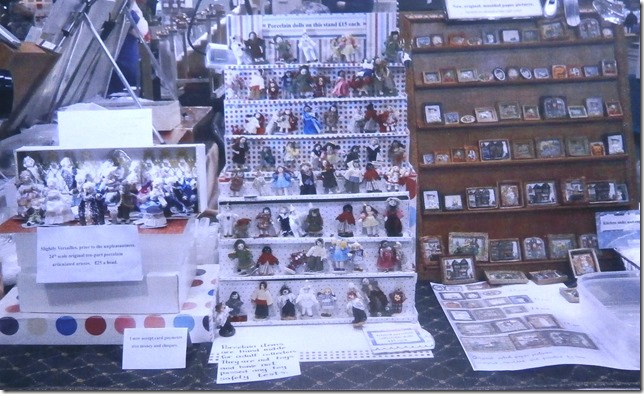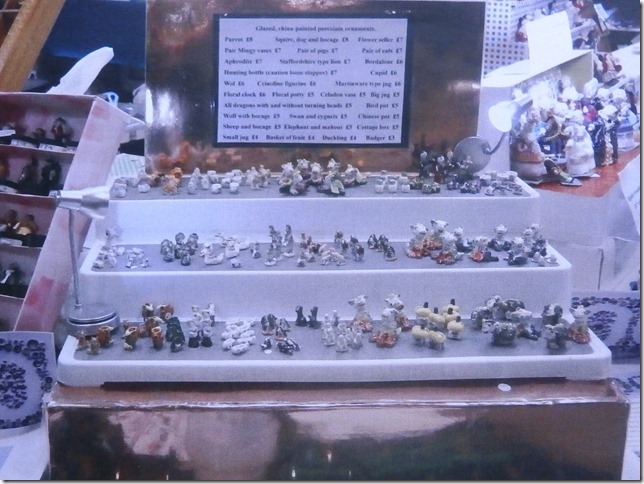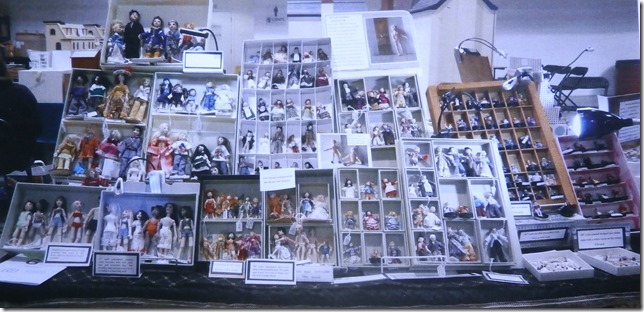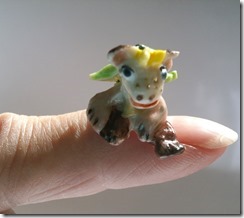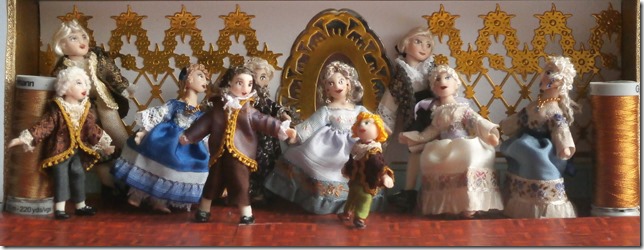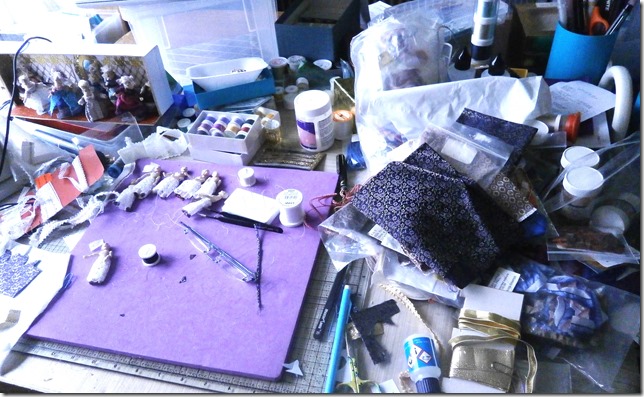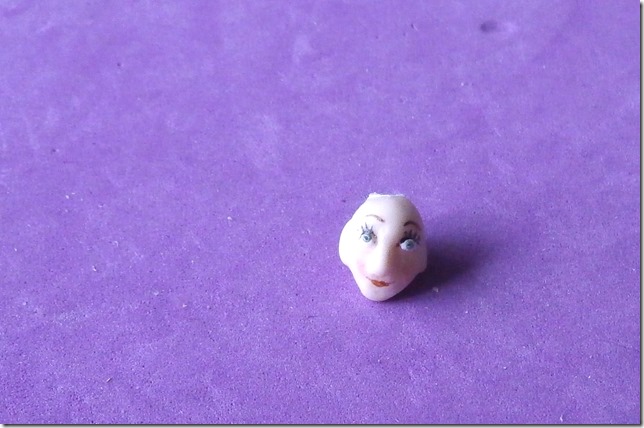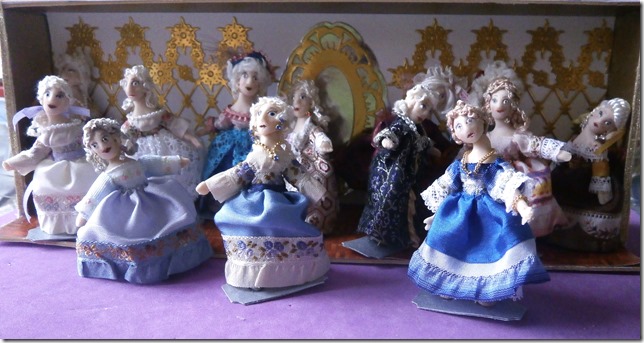Being a creative type who constantly makes new things appear in the world has its disadvantages. One is the amount of stuff required to make the other stuff appear. Some of it is inescapable. If you are going to make porcelain items you need a kiln, for example, so I have a kiln and a back-up kiln. Fair enough. I also have many gallons of porcelain slip. I have invested in them whenever they have appeared in my vicinity because the types relevant to doll making were never made in this country. Since the 1960s when various companies in America made kilns for the domestic market and doll making took off like a rocket, the same companies, hot for business, supplied the moulds to make the dolls and the porcelain clay slip in doll colours to pour into the moulds. The problem was that the clay used as the base for the slip was English China clay. This was shipped across the pond, a couple of chemicals native to areas of America were added and then water, lots of heavy American water, were additionally added to make up the gallon jars, which were then shipped at great cost back across the pond. These heavy jars full of gallons of water and some clay were warehoused here in the UK and shipped to doll makers at a cost you can easily deduce for yourself, remembering the basic item is actually coloured mud, with applied profits, plus shipping and stroking all over, rather than merely handling. Therefore, if ever anyone was strong enough to take gallons of doll slip to a doll show and I was there, I bought it and stockpiled it.
As keen and long-term readers know, I make all my own doll moulds from my own sculptures. So I also stockpile plaster of Paris to make the moulds, Milliput to make the masters to make the moulds and, needless to say, the moulds I have made. I have been making moulds for over thirty one years. Each doll requires at least five moulds to make it, the current two and and a half inch articulated dolls have six moulds each, or more. I make a few new dolls every show.
Then there were all the years I had a shop attached to this blog. To carry on a postal business you need postal boxes. Many, many postal boxes.
And that’s just the business stuff in the garage.
My grandchildren live at a distance and I was sending them things long before lockdown, in boxes that arrived bearing other stuff in the post. Hoarded boxes.
Cans of paint with an inch in the bottom for touch-ups. I own many of these. An entire set of shelves full. Necessary druggets to put on the carpets while touching up the walls with the saved inches of paint (actually old nylon duvet covers from the 1960s. Do you remember when turning over in bed caused blue flashes?)
I haven’t even started on the garden stuff. Half a garage full of garden stuff. When passers-by enquire how I keep the garden so nice, the quick answer is half a garage full of stuff. Pots, compost, tools, remedies, a lawnmower, strimmers, propagators, canes, ties, seeds, bulbs and so on, and on. (This is only the half of it, the real pot store is behind my shed on plastic shelves.)
And then some idiot, who shall remain nameless (it was me) started taking in all the unwanted books from the entire neighbourhood within walking distance – and they do walk miles around here – and calling it a library, added an industrial cart, metal bookshelves and, of course, the plastic bags to put the books in. Then, upon request, jigsaws, a cart for the jigsaws, wrapping for the jigsaws, crafting stuff, a container for the crafting stuff and a wire basket for the sweets (which are kept very clean, in a box cluttering up the kitchen.)
I have a self-filling garage.
On Sunday I decided to do a bit of emptying.
The lady who returned a huge bag full of books, eyeing up the garage kindly told me she tidied up a drawer at a time. Mr next door, currently a chap with a skip on the drive, foolishly offered use of skip. On to the skip skipped three enormous boxes full of doll moulds. Big doll moulds from the years when Miniatura did Bears and Dolls and I made angels and devils and fashion dolls, many of which still live in a wardrobe waiting for someone to do a doll show nearby.
To cut a long story short I chucked everything I could chuck from half of the garage. Half way through Mr Next door pointedly put a tarpaulin on his skip, so I filled the car instead.
But I did it all in a novel broken toe straightener. It looked innocent, but by teatime I was limping with both eyes and all of my ears and my leg had gone funny up to here. (Or a bit past, if I’m honest.)
I have lived a long time, thanks to the NHS. From my experience, I estimate the time between the hurl of the item to the urgent need for it to be the square of the interval elapsing plus or minus three days. Therefore, this being Monday, I should be collecting junk by Friday, toe permitting. Though before then I will deliberately be sculpting for mould making.
If I can avoid buying large amounts of plaster prior to actually using the stockpile I shall count it a win.
~~~~~~~~~~~~~

